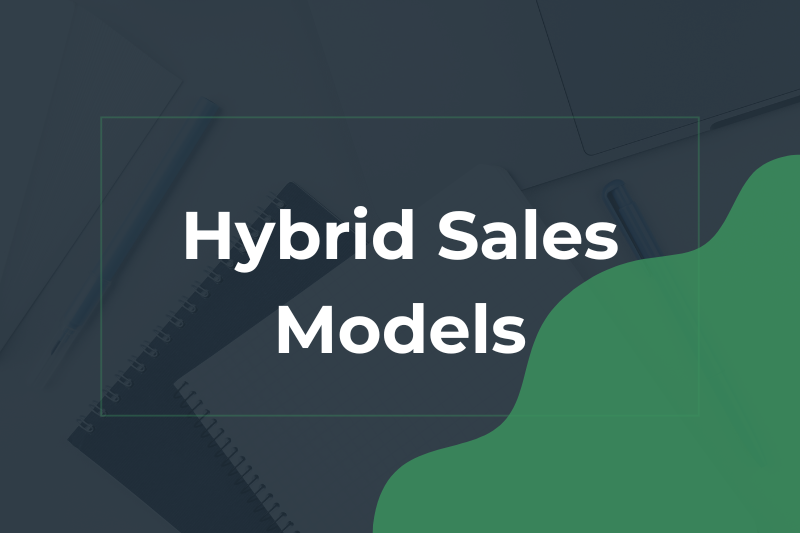To build a successful business, focusing solely on acquiring new customers is not enough. Growth is a multi-faceted journey involving attracting potential customers, ensuring they experience value quickly, and keeping them engaged over the long term. This post will explore the critical components of this growth journey: Acquisition, Activation, and Retention.
Acquisition: Bringing Customers In
Acquisition is the first step in the customer journey. It is the process of attracting potential customers to your product or service.
1. Understand Your Audience
You need to have a clear understanding of your target audience. Define your Ideal Customer Profile (ICP). Consider the following:
- Demographics: Age, gender, location, and income level.
- Psychographics: Interests, values, and lifestyle choices.
- Pain Points: What challenges are they facing that your product can solve?
Example: HubSpot effectively targets small to medium-sized businesses. They know this audience values affordability and user-friendly solutions. By providing content that addresses their specific challenges, HubSpot attracts potential customers effectively.
2. Optimize Your Channels
Experiment with various acquisition channels to determine which yield the best results. Consider:
- Social Media: Identify the platforms your audience frequents. Create engaging and relevant content that encourages sharing.
- Email Marketing: Use targeted email campaigns to nurture leads. Share insights, case studies, and valuable resources that align with their needs.
- SEO: Optimize your website and content for search engines to attract organic traffic. Create high-quality content that answers common questions or solves problems for your target audience.
Example: Mailchimp effectively leverages email marketing to attract leads. They provide valuable resources, such as marketing tips and industry insights, keeping potential customers engaged.
3. Leverage Referral Programs
Encourage your existing customers to refer new users. A strong referral program can significantly boost your acquisition efforts.
- Incentives: Offer rewards or discounts for successful referrals. This motivates your current customers to share your product with others.
- Word of Mouth: Encourage satisfied customers to share their experiences. Positive testimonials and reviews can influence new customers’ decisions.
Example: Dropbox initially experienced rapid growth through a simple referral program. Users received additional storage for referring friends, creating a viral growth loop that attracted millions of new users.
4. Track and Measure Acquisition Efforts
Collect data on your acquisition channels to determine what works best. Monitor key metrics such as:
- Cost Per Acquisition (CPA): How much you spend to acquire a new customer.
- Conversion Rates: The percentage of leads that convert into customers.
- Customer Lifetime Value (CLV): The total revenue you can expect from a customer throughout their relationship with your business.
Analyze these metrics regularly. Adjust your strategies based on what you learn.
Activation: Making Users Feel the Value
Acquisition is only half the battle. Once potential customers are engaged, you must ensure they see the value of your product quickly. This process is known as activation.
1. Define Your Activation Metric
Identify the key action that indicates a user has experienced value. This could vary based on your product.
- Example Metrics: Signing up for a trial, completing a setup process, or making a purchase.
- Tracking: Measure how many users complete this action within a specific timeframe.
Example: For Slack, activation occurs when a team creates their first channel. Slack tracks how quickly new users reach this point, as it indicates engagement and value.
2. Simplify Onboarding
A complicated onboarding process can frustrate new users. Make the onboarding experience seamless. Consider these strategies:
- Guided Tours: Use interactive guides to walk users through key features and functionalities.
- Resource Availability: Provide easily accessible resources, such as video tutorials and FAQs, to assist users in getting started.
- Personalization: Tailor the onboarding experience based on user data. If possible, customize tutorials to match user needs.
Example: Intercom uses a straightforward onboarding process that helps users quickly set up their messaging tool. Their in-app guides direct users through the setup, reducing overwhelm and improving engagement.
3. Encourage Quick Wins
Help users achieve quick wins that demonstrate the product’s value. This can reinforce their decision to use your product.
- Clear Action Steps: Outline clear actions users should take to see results.
- Highlight Key Features: Direct users to features that deliver immediate benefits.
Example: Grubhub encourages users to order food quickly by showcasing popular items and easy navigation. By simplifying the ordering process, Grubhub reinforces users’ decisions to choose their service.
4. Continuous Activation
Activation does not stop after the initial onboarding. Regularly assess user engagement to ensure ongoing value.
- Feature Releases: Communicate new features and enhancements to keep users engaged.
- User Feedback: Solicit feedback regularly to understand user needs and areas for improvement.
Example: Adobe frequently collects user feedback on its products. This data drives updates and enhancements, ensuring they meet customer expectations and needs.
Retention: Keeping Customers Engaged
Retention is critical to long-term business success. Losing customers can negate the efforts made in acquisition and activation.
1. Foster Customer Engagement
Regular engagement keeps your product top of mind for customers. Strategies include:
- Regular Communication: Send newsletters, updates, and helpful tips. Provide valuable content that resonates with your audience.
- Social Media Interaction: Engage with customers on social media. Respond to inquiries and encourage discussions around your product.
Example: Starbucks keeps customers engaged through their loyalty program. They send personalized offers based on purchase history, encouraging repeat visits and brand loyalty.
2. Provide Exceptional Customer Support
Quick and effective support influences retention significantly.
- Multiple Support Channels: Offer chat, email, and phone support to meet customer needs.
- Knowledgeable Staff: Ensure your support team is well-trained and responsive.
Example: Zocdoc excels in customer support. They provide online booking and immediate access to assistance, ensuring users feel supported throughout their journey.
3. Collect Feedback and Iterate
Regularly solicit feedback from customers. Understanding their needs helps you improve your product.
- Surveys and Interviews: Use surveys, interviews, and analytics to gather insights.
- Implement Changes: Make adjustments based on feedback to enhance the user experience.
Example: Slack actively seeks user feedback to refine its features. Regular updates based on user input ensure the platform remains relevant and useful.
4. Create a Community
Building a community around your product enhances loyalty.
- Online Forums: Use forums or social media groups to connect customers.
- Encourage User Interaction: Foster interactions between users to share experiences and tips.
Example: Peloton has created a strong community among its users. Through online classes, leaderboards, and social media, users motivate each other, fostering a sense of belonging that increases retention.
5. Reward Loyalty
Show appreciation for loyal customers. Implement a loyalty program or offer exclusive deals to incentivize continued patronage.
Example: Sephora’s Beauty Insider program rewards customers with points for purchases, providing them with access to exclusive products and promotions. This keeps customers engaged and encourages repeat purchases.
Final Thoughts
Acquisition, Activation, and Retention are critical components of business growth.
- Focus on attracting the right customers through targeted acquisition strategies.
- Ensure users see value quickly with effective activation techniques.
- Keep customers engaged and loyal through ongoing retention strategies.
By understanding and implementing these strategies, you can build a sustainable growth engine for your business. Reflect on your current practices in these areas. What can you improve? Analyze your customer journey and take actionable steps to enhance each phase.





